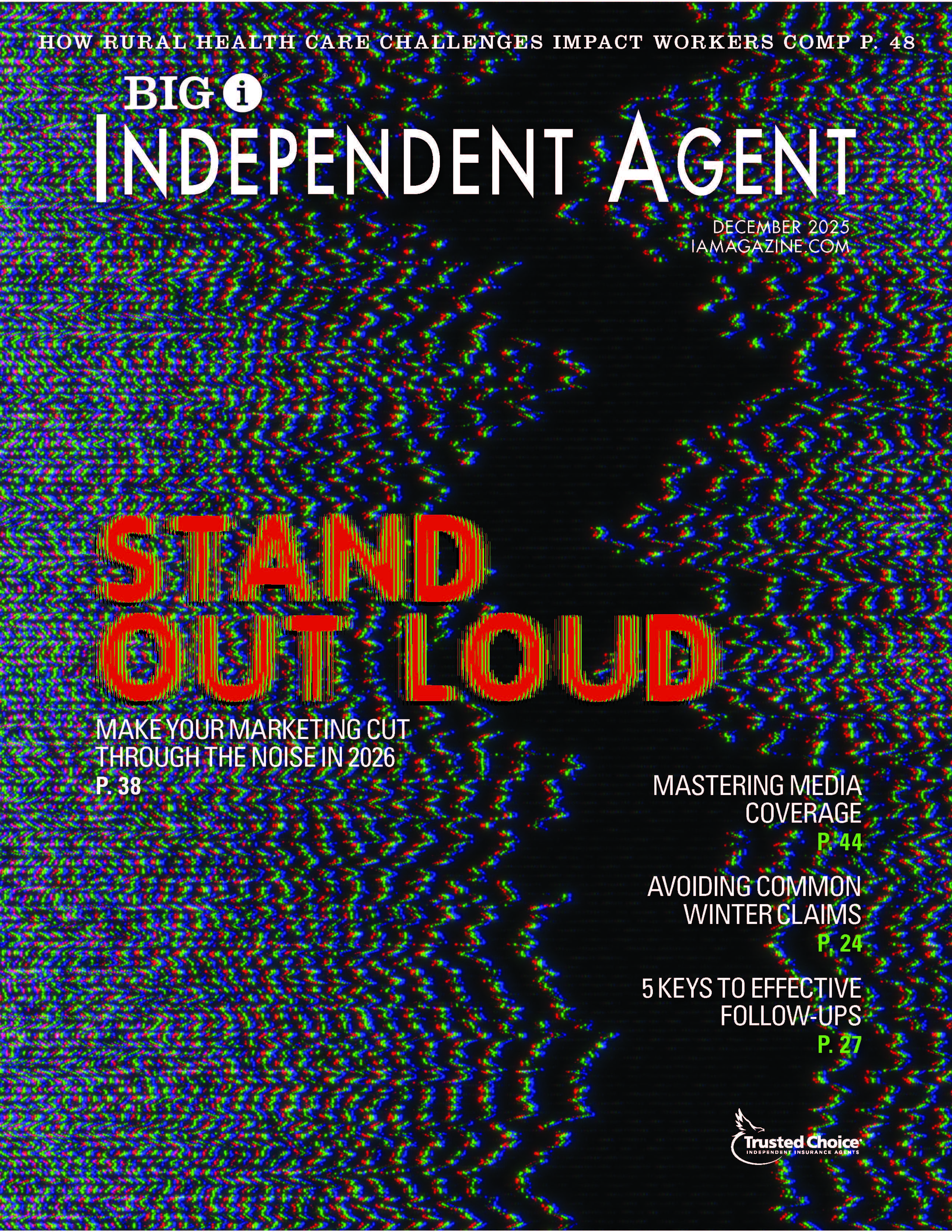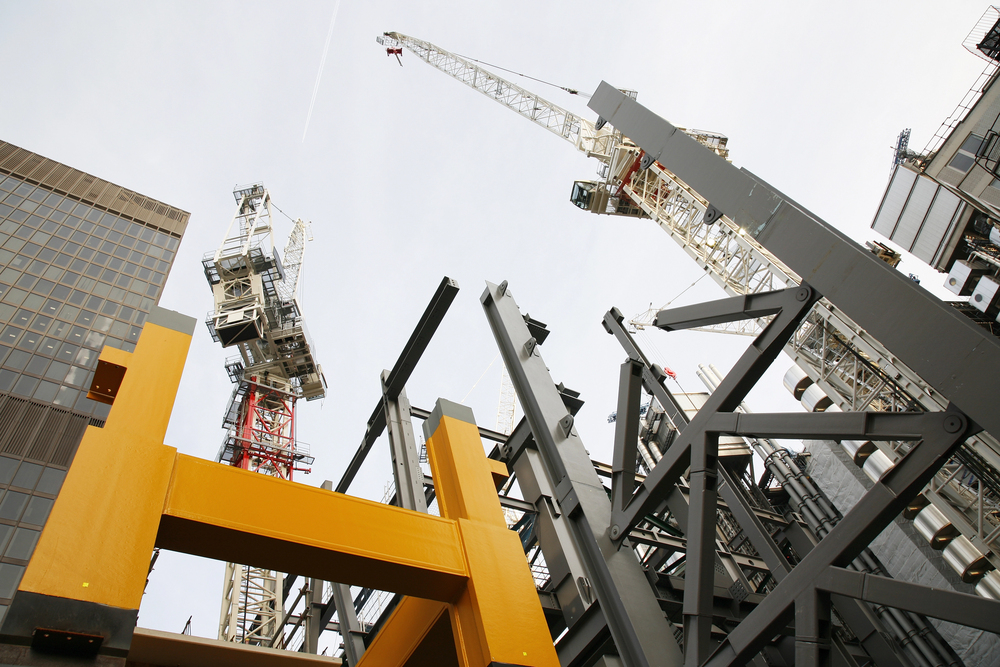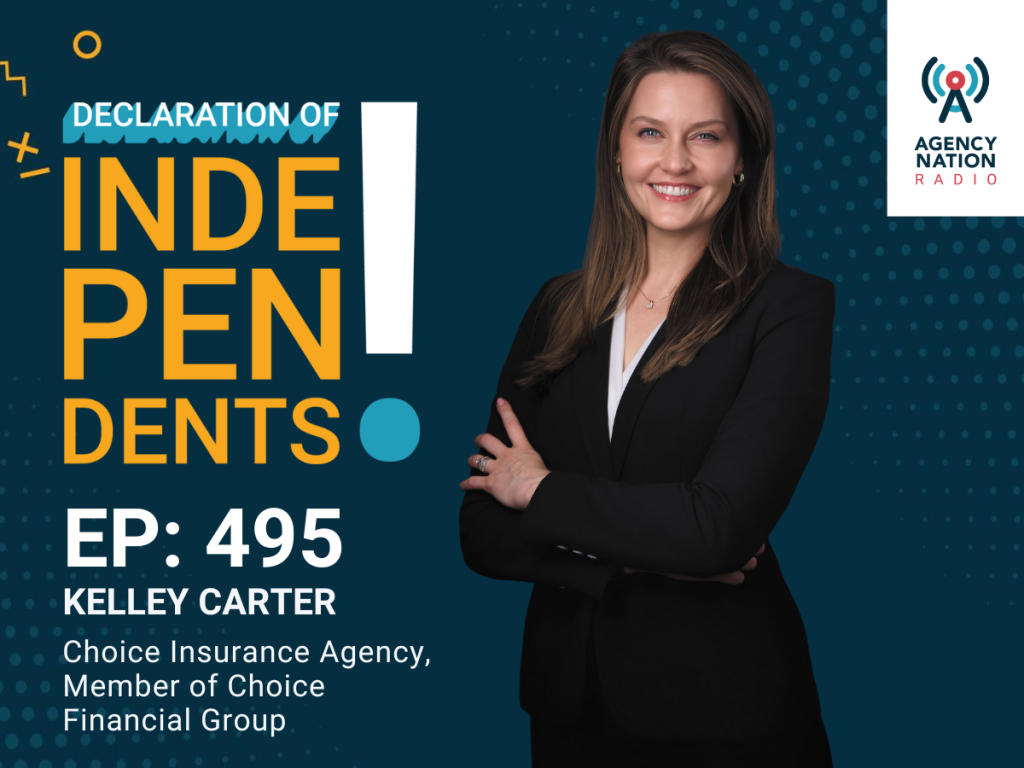What Do Toilet Paper and the Excess Liability Market Have in Common?

By: Adam J. Mazan
The excess marketplace this year reminds me a little of the toilet paper shelves across the country in March. For as long as anyone can remember, you could go to any grocery store and get what you needed. All of a sudden COVID-19 hits and you can’t find a single roll of toilet paper anywhere—and when you do find it, you gasp at the price but purchase it anyway.
The excess marketplace has acted in a very similar manner this year. Excess liability has always been a cheap commodity with an abundance of capacity. Eighteen months ago, getting a carrier to give $25M of capital for $25,000 was a normalcy and there was never an issue getting a lead placed or filling out the entire amount of capacity a buyer wanted to purchase.
Enter 2020, and all of a sudden excess liability is a scarce resource, and when you do find an option the pricing is much higher than expected, the terms are more restrictive and the capacity isn’t as much as the buyer wants.
Skyrocketing Costs and Lower Limits
In the third quarter we continue to see an evolution within the excess liability market—and not for the better. While we have been seeing rate and premium increases throughout the year, all of a sudden, the increases seem to have ballooned to a point where getting a renewal for less than double the expiring rate is more and more challenging.
There are low-hazard, low-exposure accounts that fall outside of this, but on medium- to high-hazard accounts we’re seeing rates and premiums nearly double while rates on really high-hazard accounts are tripling in some instances.
That said, incumbent pricing does play into the overall percentage increase. In many instances, the incumbent carrier had been 20% or more below the rest of the market. If this was the case and the incumbent non-renews, and the market rate is 40% higher than it was last year, your insured is going to get hit with a much bigger increase than you may expect or what the market average is.
Earlier in the year, rates increased as carriers started reducing the limits they would offer, and increases kept getting larger due to the strain in the supply chain. Underwriters were being asked to handle double to triple the workload they were handling previously due to the limit reductions and increased number of carriers needed to fill out an excess tower.
Deployable Capacity Versus Available Capacity
As an industry we’ve moved past those two items: the limit reductions started in mid-2019 aren’t as frequent as they had been, and carriers seem to have figured out how to handle the increased workload. Now we’ve hit an interesting point where deployable capacity is less than available capacity on medium- to high-hazard exposures.
As premium writings have increased while limit exposure has decreased, carriers have become very selective in what accounts they are willing to quote and usually expect a premium just to put out capacity. This isn’t necessarily the case with incumbents, but the premium increases at the bottom of the tower push everyone’s pricing up as carriers work to maintain relativities—which are changing due to the lower capacity.
For instance, two years ago we may have had a lead $25 million priced at $200,000 and then the $25 million xs $25 million at 22.5%, or $45,000.
Now the lead $5 million probably goes for $200,000, the $5 million xs $5 million is around 50% of that, and then maybe a $15 million xs $10 million for 40% to 50% of the $5 million xs $5 million.
If you can get a carrier to put up $25 million xs $25 million over this, the relativity may stay consistent, but if you are working with layers of $15 million and $10 million the relativities are going to be higher and further increase the cost.
Limited Leads
Carriers’ lack of willingness to either write a lead or put up meaningful capacity in a lead layer will continue to drive the excess market pricing up. There are a handful of markets that are now looking to limit their leads to just $2 million or $3 million, and only a handful of other markets willing to offer a lead period in the medium- to high-hazard exposure segment.
We have seen significant changes in the excess marketplace over the past 18 months and we think it will continue through at least the next 18 months. We have had to deal with inconsistency and unpredictability which has made managing buyer expectations challenging.
Adam J. Mazan is vice president, Pacific Region, Risk Placement Services. This article was originally published by RPS.










